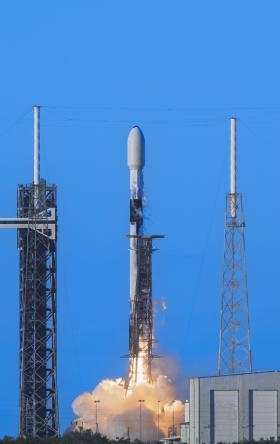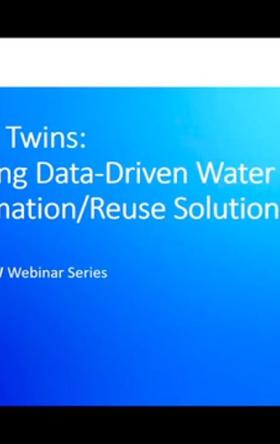
The City of Atlanta has a vision: to create a Utility of the Future by leading with a Digital Transformation of the Department of Watershed Management (DWM) in service and value.
DWM has created a Strategic Plan, which cites eight strategic priority areas including smart utility with the goal to leverage innovation, information technology, operational technology and process technology to optimize the use and management of investment and human capital to improve financial, operational, and customer service performance and resiliency.
And, they chose us to put it into action.
Behind the City of Atlanta's digital transformation
Jacobs was selected by the City of Atlanta Department of Watershed Management to create a strategic action plan for DWM’s digital transformation into a Smart H2O Utility. The project consisted of the following process to develop the strategic action plan:
- Define the Smart H2O Utility Vision in coordination with the DWM’s Strategic Plan. Use the details to define the Future State.
- Assess the Current State of the relevant systems and functions that are required to enable the Digital Transformation of DWM into a Smart H2O Utility.
- Utilize the Digital Water Utility Maturity Framework to assess and Benchmark DWM’s Current State and identify the Future State.
- Perform a Gap Analysis based on the Digital Water Utility Framework and identify the path forward to close the gaps.
- Create the Smart H2O Utility Action Plan for DWM with specific projects to achieve Digital Transformation.
We developed the Digital Water Utility Maturity Framework as part of a Water Research Foundation project focused on Intelligent Water systems. It uses seven category areas that are most important for a digital water utility and classifies the state of utility’s digital maturity from 0 to 5.
During workshops, we facilitated discussions on a number of topics including data management and integration; to perform at a high level for data management, the data must be available and sufficiently reliable to support sound business decisions. Performing at a high level within the integration and interoperability categories implies that information is readily shared across departments and fused for added value when being consumed in a cross-departmental setting. Lastly, the integration needs to be automated to reduce delays in creating the value generated by the information.
Incident management was an example used as a common workflow within a utility that requires data, communication and coordination across multiple departments.











.jpg?h=c7c14dee&itok=FmPI2126)


















_0.jpg?h=8a6d63f3&itok=5vsqFiQH)









.png?h=1314d3d4&itok=rFs9mG95)














